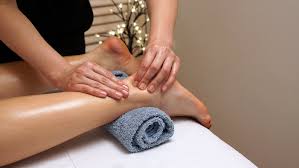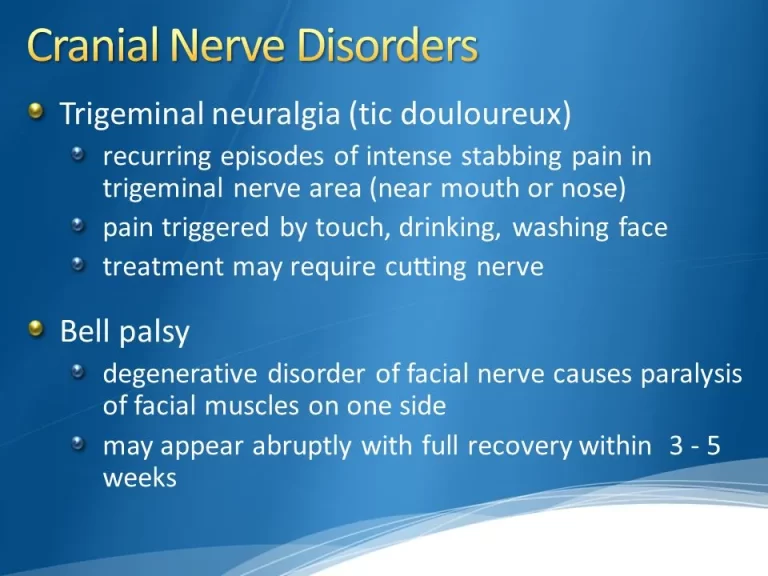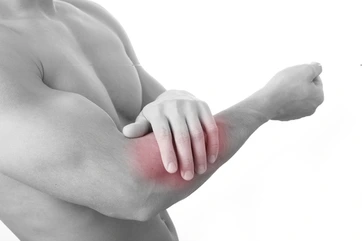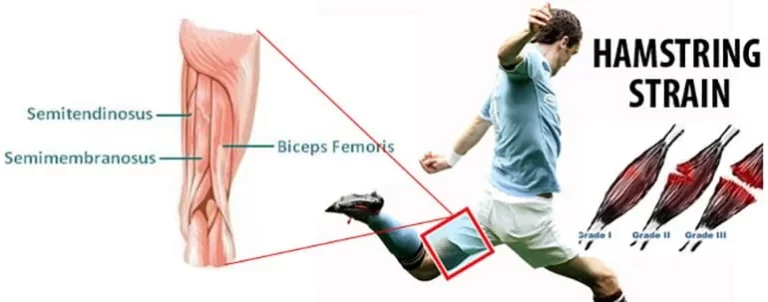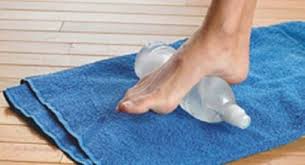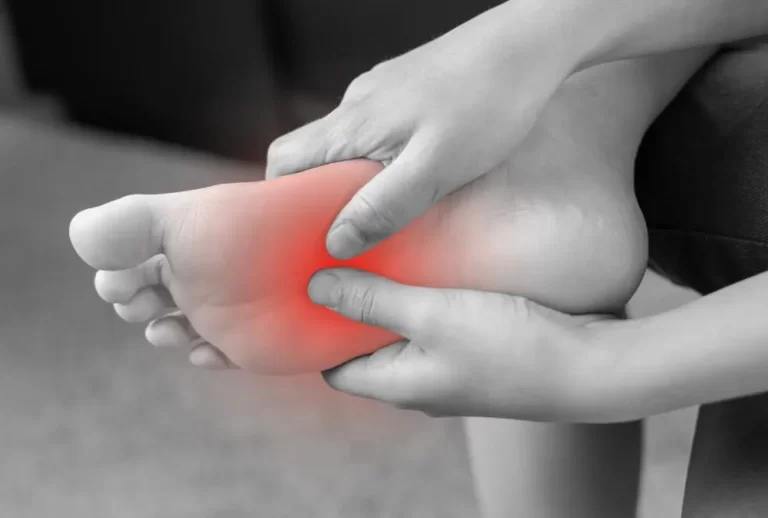How to Cure Achilles Tendonitis Fast?
To quickly alleviate Achilles Tendonitis, prioritize RICE (Rest, Ice, Compression, Elevation), use over-the-counter pain relievers, wear supportive footwear (like heel lifts), and begin gentle, pain-free physical therapy exercises (especially eccentric heel drops) once the initial pain subsides.
Always consult a healthcare professional for proper diagnosis and a tailored treatment plan, as persistent pain may require further intervention.
Introduction:
A frequent disease that produces pain and inflammation at the back of the lower leg, just above the heel, is Achilles tendonitis.
Achilles tendinitis causes irritation and inflammation in the Achilles tendon, a large tendon that runs from your calf muscles to your heel bone, or calcaneus.
Diagnosis of Achilles Tendonitis:
In order to determine the location of any pain, soreness, or swelling, your healthcare provider will apply light pressure to the affected area during the physical examination. They will also observe how your foot and ankle appear both at rest and when moving.
Imaging tests:
- X-rays.
- Ultrasound.
- MRI.
How to Cure Achilles Tendonitis Fast:
However, you may want to consider the following additional therapies if your symptoms are severe or chronic.
- Rest: Alternatively, you can engage in exercises like swimming or deep-water running that don’t put undue strain on your Achilles tendon.
- Ice: After working out or whenever you experience pain, apply an ice pack to the tendon for approximately fifteen minutes to reduce swelling or soreness.
- Compression. Elastic bandages or wraps that stay in place can help minimize swelling and limit the tendon’s range of motion.
- Elevation.
Medicines:
These over-the-counter pain relievers may be helpful. If these are insufficient, you may be prescribed medications to relieve pain and inflammation, which is characterized by swelling and pain. A nitroglycerin patch is one prescribed alternative.
Physical therapy:
The following are some suggestions from a physical therapist:
- Exercise: Exercises intended to strengthen and repair the Achilles tendon may be recommended by a therapist. For severe or chronic Achilles tendonitis, resistance training with large loads, like weighted heel lifts, may be particularly beneficial.
Extracorporeal shock wave therapy (ESWT):
This procedure is known as noninvasive because it doesn’t involve making incisions in the body. In order to reduce pain and promote healing, it applies shock waves to damaged tissue. Before choosing surgery, it is frequently utilized when self-care techniques have failed.
A number of sessions lasting 30 minutes or fewer are part of the treatment. Usually, side effects are minor. These could include pain, numbness, tingling, swelling, or bruises in the treated area.
Platelet-rich plasma:
Cells called platelets help the body stop bleeding and begin healing by forming clots. Growth factors found in PRP may aid in the body’s healing process.
Ultrasound-guided tendon scraping:
The equipment is guided by ultrasound. The instrument scrapes the tendon’s surface. It cuts off the odd vessels and nerves. Within a week, this can provide rapid pain relief and allow you to resume your activities.
Surgery:
You may require standard surgery to heal your Achilles tendon if more conservative treatments fail for several months or if the tendon has ruptured.
Prognosis:
Achilles tendonitis is reversible in humans. Treatment will be more difficult and take longer if you continue to live with the pain.
Surgery for Achilles tendonitis typically has positive outcomes. The level of the damage to your Achilles tendon is the component that influences your recovery.
Whether you are recovering from surgery or using physical therapy as a treatment, it is crucial to your rehabilitation.
Conclusion:
Early management, rest, appropriate stretching, strengthening exercises, and cold therapy are all helpful ways to manage Achilles tendinitis. Avoiding tendon-irritating activities, wearing supportive footwear, and perhaps pursuing physiotherapy for focused treatment are all essential for a speedy recovery.
Most people can recover quickly and resume their regular activities without any long-term problems if they receive consistent care and patience.
FAQs
What should one do if they have Achilles pain?
What should one do if they have Achilles pain?
Avoid of sports that include running and jumping. An Achilles tendon strain can be lessened by wearing shoes with a heel lift. Allow suffering to serve as your guide. If you continue to do things when in pain, you are making the issue worse.
Does Achilles tendinitis last a lifetime?
Although the tendon’s structural alterations caused by degeneration are mostly permanent, the athlete may be able to resume play if the symptoms subside. However, after activities are resumed, symptoms can occasionally return.
Does Achilles tendonitis occur when you sit?
Achilles tendon pain
Because of Achilles’ inadequate blood supply, the tendon heals slowly if micro tears or degeneration occur. Your muscles, tendons, and bones may lose some of their structural integrity if you spend more time sitting down.
Does Achilles tendinitis respond well to massage?
Another effective treatment for Achilles tendonitis is massage. Muscle relaxation, increased circulation, and decreased stiffness and swelling can all be achieved with a light massage.
Are tendons capable of self-healing?
Yes, tendons can recover on their own, but the rate and degree of healing vary based on the injury’s severity, the patient’s age, and general health. While more serious injuries might necessitate physical therapy or even surgery, mild tendon injuries frequently heal on their own with time and relaxation.
How bad is Achilles tendonitis?
Achilles inflammation may cause the tendon to deteriorate. It is more prone to tears, also known as rupture, due to the weakness. Surgery is frequently required to treat an Achilles rupture, which is a significant injury.
How quickly does Achilles tendonitis recover?
Achilles tendon soreness, edema, and stiffness are among the symptoms, which might get worse when you run. Running may become permanently strained if treatment is not received. In extreme circumstances, though, it might take a year.
For Achilles tendonitis, is walking beneficial?
You should avoid or cut back on painful activities, including jogging or leaping, to give your tendons time to recover. When running or walking, pick smooth, soft surfaces.
References:
- Achilles Tendinitis. (2025, June 2). Cleveland Clinic. https://my.clevelandclinic.org/health/diseases/21553-achilles-tendinitis
- Achilles tendinitis – Diagnosis & treatment – Mayo Clinic. (2025, April 26). Mayo Clinic. https://www.mayoclinic.org/diseases-conditions/achilles-tendinitis/diagnosis-treatment/drc-20369025
- Home remedies for achilles tendinitis. (n.d.). Cornerstone Foot & Ankle. https://www.cornerstonefootandankle.com/blog/achilles-tendinitis-top-5-home-remedies.cfm
- Badii, C. (2023, July 3). Achilles Tendinitis. Healthline. https://www.healthline.com/health/achilles-tendinitis
- Achilles Tendinitis – OrthoInfo – AAOS. (n.d.). https://orthoinfo.aaos.org/en/diseases–conditions/achilles-tendinitis/

